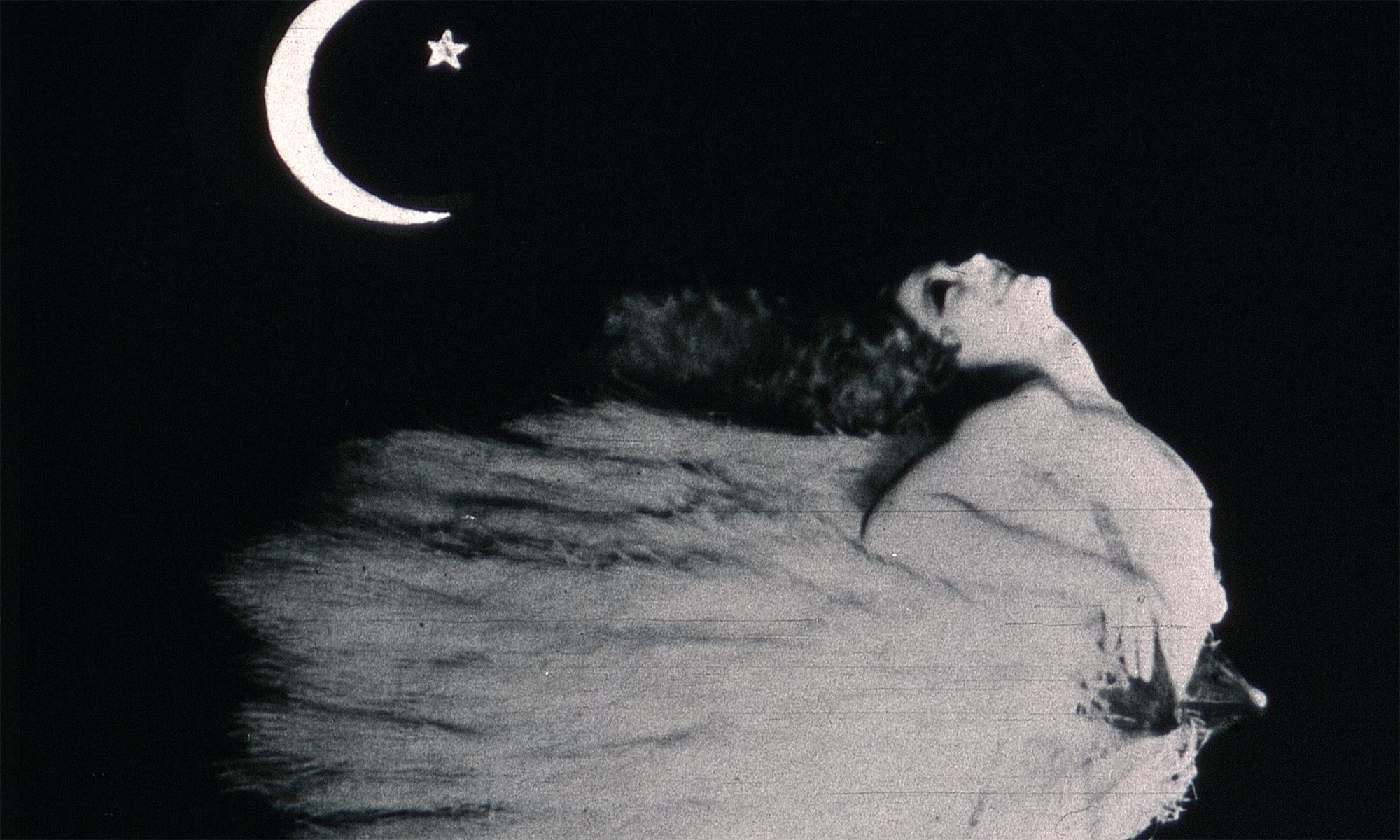Notre Dame de Lorette refers to three things. It refers to a ridge in Ablain-Saint-Nazaire; to a basilica built upon that ridge between 1921 and 1927; to the cemetery that surrounds that basilica. It is the cemetery that is most interesting, for it is the largest French military cemetery in the world. Burials were without regard to rank or status; a General is buried beside a Private, and over 28,000 unidentified dead are interred in the great ossuaries here. Many of the men laid to rest died in the Battle of Lorette. Today there are thousands of crosses surrounding the basilica; in today’s stereoview, there is but a single hastily-made wooden one – with some German dead lying about the base of it.
Although the Battle of Lorette does not attract the attention that the Battle of Verdun does, it incurred as many French casualties, for the region was a key strategic point for over a year at the beginning of the war. The Battle of Lorette is a blanket term encompassing four separate battles: the Battle of Arras and the First, Second, and Third Battles of Artois. All were fought in the region along the Vimy Ridge, initially in an attempt to stop the German forces from cutting France off from the sea and maintain rail supremacy, and eventually to advance the line nearly 4 miles and take the Western side of Vimy Ridge, until the failure of the Third Battle of Artois led to a halt in the advance of the line.
In the end, the Third Battle of Artois – which was controversial amongst the allied military leaders, opposed by Field Marshall French and General Haig, but eventually ordered by Commander Joffre and Lord Kitchener – was a joint French-British effort unsuccessful due to the firepower of the Germans, who were entrenched in a superior defensive position and well-equipped with machine guns and artillery. The concurrent Second Battle of Champagne, also initiated by Joffre, was also a massive failure, severely weakening the French forces. Both Joffre and Kitchener suffered damage to their reputations after these battles; the French has suffered nearly 200,000 casualties between them, and the British has lost two men to every German killed. Kitchener was effectively stripped of most of his de facto power within a month; Joffre held on to his for another year, but the heavy allied losses at Verdun and the Somme led to his effective retirement soon after. Both men retained immense public popularity, although Kitchener died the following year, and Joffre was sent off to America to curry favor with General Pershing.
Ablain-Saint-Nazaire, at the center of these battles, is not the household name that the Somme, Verdun, the Marne, and so on have come to be, but the holding of the Vimy Ridge was a decisive point in the War. The village itself – founded in 980 CE – was reduced to nothing more than foundations, but after the war the people of Ablain returned and rebuilt a new town on the ashes of what had lain there before. Central to this is the Basilica of Notre Dame de Lorette, its massive cemetery and memorial, ossuary, and cenotaph. It is now a much-visited site, and the population has evened out to a little under 2,000 people in the last few decades.
At some point, early on in the conflict, a single wooden cross stood in Ablain-Saint-Nazaire:

This simple scene is touching in many ways – it’s unclear whether the cross is representative of a French body buried beneath, that was then joined by the bodies of Germans, or whether it was a hastily-constructed memorial for the men pictured. Men of the French regiments, still heavily Catholic, made small memorial gestures to their enemies at times, and it’s unclear which scenario is the case. But in any case, this nearly-millennium-old village was completely leveled; over a hundred thousand lay dead in its vicinity; one day it would become an enormous monument to the losses sustained. But on the day this was taken, there was just a wooden cross, a pile of bodies, and presumably a tired photographer walking towards the now-advanced Front, ignorant of the fact that thousands of crosses would be placed in this blood-drenched area within the following years.
Anaglyph




One Reply to “”